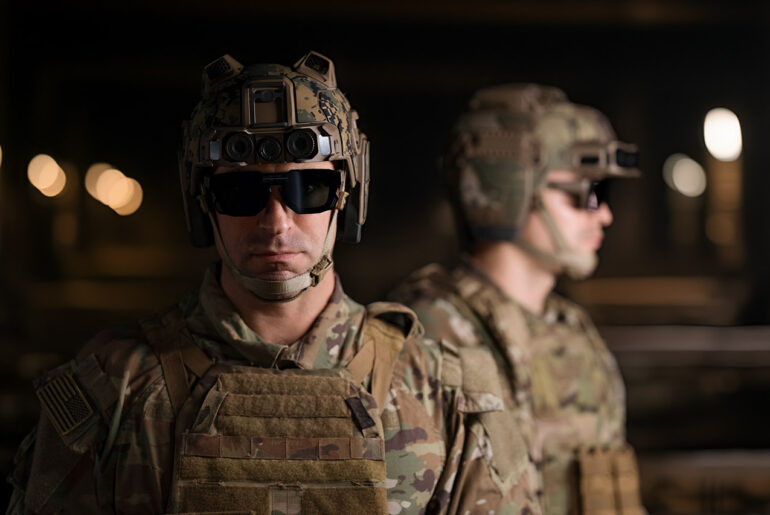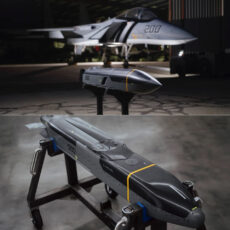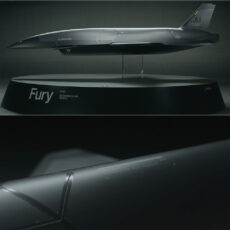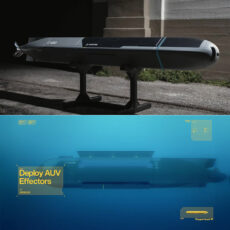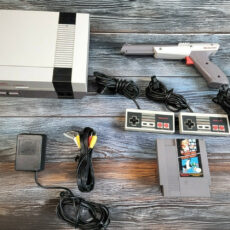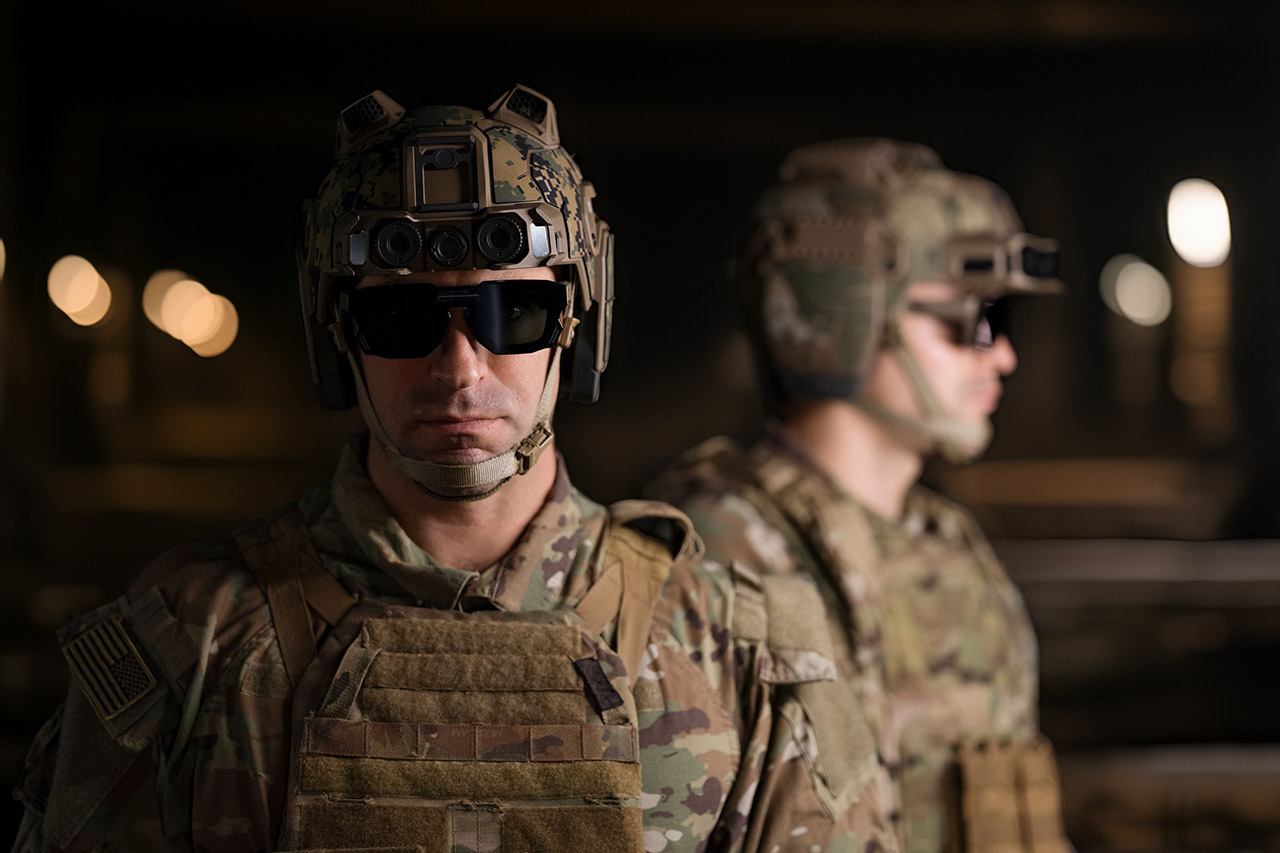
Palmer Luckey stands in a Washington, D.C. conference room getting some sunlight, fiddling with a couple of high-tech glasses that look a lot like something you’d expect to see a fighter pilot or mechanic wearing . These are prototypes for EagleEye, the latest foray into wearable battlefield tech from Anduril Industries. Now the guy who kickstarted the whole virtual reality thing with Oculus in his parents’ garage way back in the day, Luckey has been circling around to this exact point for years.
EagleEye shows up in a family-pack of devices – no single bulky helmet this time. Four different models are in the works, with two already ready to hit the AUSA floor – one is a set of ballistic glasses you clip onto a standard helmet, the other is a full-face visor built for operations at night. The glasses version is getting priority for Army rollouts because it’s so much lighter – the processor and battery are built into the sides of the helmet, which spreads the weight so it doesn’t drag on your neck. Soldiers can swap in different sensors like thermal imagers or hyperspectral cameras to help spot bomb residue, without lugging a whole universal kit around that nobody really needs. Night setups on the other hand, take the transparency and give you a sealed visor thats rated to stop rifle rounds and shrapnel – shutting off those weak spots like eye slits that could leave you exposed. Everything’s been designed to balance right around the wearer’s center of gravity, so the sensors stay level even when heads start bobbing around in a firefight. Production is already ramping up, with about 100 units headed to Army testers by the spring of 2026. Costs will start at less than half the old price tag for IVAS – around $25,000 to $40,000 per unit – and Luckey thinks consumer tech will help shave that right down to a few thousand bucks within a pretty short time.
- Transform your reality with Meta Quest 3S 128GB. Now get the Amazon-exclusive Cardboard Hero Bundle, which includes the Handiwork Helmet, Handiwork...
- Turn any room into your own personal theater. Dim the space around you and watch on a giant, vibrant screen. Go all in with USB-C headphones, or plug...
- Have more fun with friends in Quest. Whether you’re stepping into an immersive game with people from around the world, watching a live concert...
EagleEye’s modularity transforms it from a one-size-fits-all tool to one that soldiers can tailor as needed. A tank driver can install tough screens for vehicle feeds, while an Osprey pilot can use a smaller setup for cockpit glances. Maintenance staff in a hangar can discard the armor in favor of basic glasses that transmit repair instructions or video to experts on the ground. Common parts, such as computing chips and basic vision sensors, appear throughout the lineup, with 90% of them overlapping. Luckey aims for more: in a decade, hundreds of companies will produce interoperable versions that share data formats and power standards. Partnerships are already in place: Oakley handles the military-grade sunglasses, Ops-Core gives the helmet shells, and Meta lends waveguide displays from billions in R&D.
Anduril’s Lattice software connects everything, creating a network that sends data between drones, cars, and squads without the need for a central center. Live feeds from overhead UAVs appear in your vision, highlighting potential threats or lost pals in real time. Rear and side sensors ping alarms for blind areas, while AI sift through the cacophony, detecting patterns in enemy movement or identifying buried IEDs. Hands remain free; control is communicated through voice, eye flicks, or nods. Soldiers are trained to direct drone swarms or fire loitering missiles while remaining focused on the horizon. The system emerged from the Army’s Soldier Borne Mission Command initiative, for which Anduril was awarded a $159 million prototype contract in September 2025 as well as the software backbone contract entirely. Rivet competes on hardware, whereas Anduril owns the architecture.
Comfort was the old IVAS killer; soldiers puked due to the disparity between what their eyes saw and what their balance told them. Luckey refers to it as cybersickness, the brain’s terror response to apparent poison. He corrected it once with Oculus, and now EagleEye addresses latency, visual shifts, and alignment modifications to keep stomachs calm. Prototypes have passed Army trials, with users reporting improved threat detection and fewer screen-squint breaks. The full helmet version protects against blasts and head jolts while also sealing the face for operations where every inch matters. Daytime configurations use clear visors for wide fields, while nighttime configurations combine digital overlays with low-light feeds. Core units weigh less than 1.5 pounds, and batteries may be charged for up to 8 hours.

